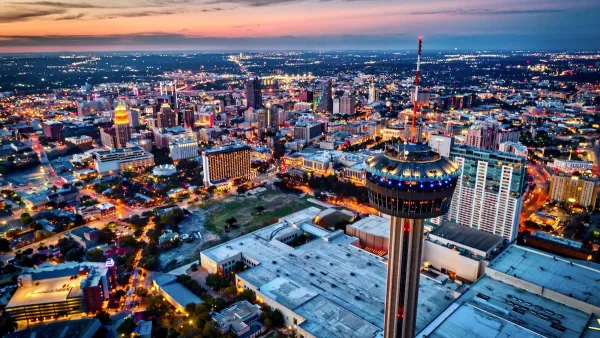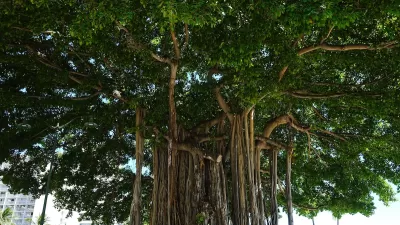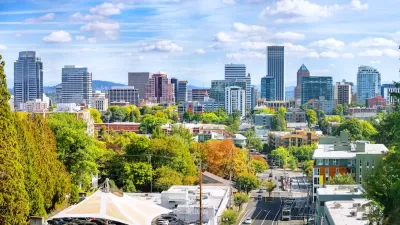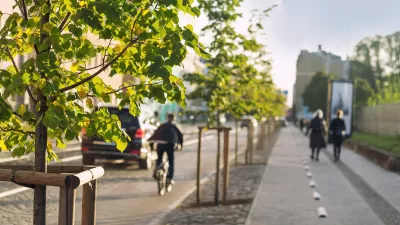Dave Taft pens an ode to the merits of the red cedar—a common tree in New York City and dry, empty lots all over the East.
"Actually a juniper, the Eastern red cedar (Juniperus virginiana) is a native with a mission. It is one of a diverse group of plants known as pioneer species," writes Dave Taft for the New York Times.
"Shade intolerant, the red cedar is happiest as the first woody plant to put down roots in the dry, sun-drenched soils of abandoned lots, railroad crossings and rocky road shoulders. It is an early sign that ecological succession is leading a field through shrubbiness to eventual woodland."
And for a lesson in adaptation: "The red cedar adapts to the changes it creates, frequently surviving to reach an impressive old age." In fact, explains Taft, a red cedar found deep inside a forest often indicates that the area has recovered from an agricultural past.
The article includes more on what makes the red cedar strong and beautiful.
FULL STORY: Red Cedar: An Urban Pioneer

Planetizen Federal Action Tracker
A weekly monitor of how Trump’s orders and actions are impacting planners and planning in America.

Chicago’s Ghost Rails
Just beneath the surface of the modern city lie the remnants of its expansive early 20th-century streetcar system.

San Antonio and Austin are Fusing Into one Massive Megaregion
The region spanning the two central Texas cities is growing fast, posing challenges for local infrastructure and water supplies.

Since Zion's Shuttles Went Electric “The Smog is Gone”
Visitors to Zion National Park can enjoy the canyon via the nation’s first fully electric park shuttle system.

Trump Distributing DOT Safety Funds at 1/10 Rate of Biden
Funds for Safe Streets and other transportation safety and equity programs are being held up by administrative reviews and conflicts with the Trump administration’s priorities.

German Cities Subsidize Taxis for Women Amid Wave of Violence
Free or low-cost taxi rides can help women navigate cities more safely, but critics say the programs don't address the root causes of violence against women.
Urban Design for Planners 1: Software Tools
This six-course series explores essential urban design concepts using open source software and equips planners with the tools they need to participate fully in the urban design process.
Planning for Universal Design
Learn the tools for implementing Universal Design in planning regulations.
planning NEXT
Appalachian Highlands Housing Partners
Mpact (founded as Rail~Volution)
City of Camden Redevelopment Agency
City of Astoria
City of Portland
City of Laramie





























